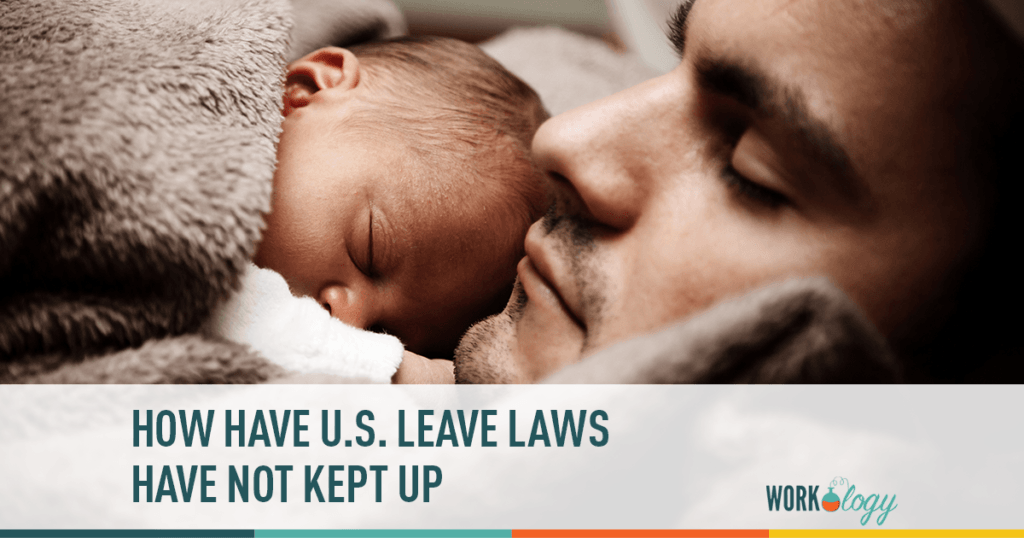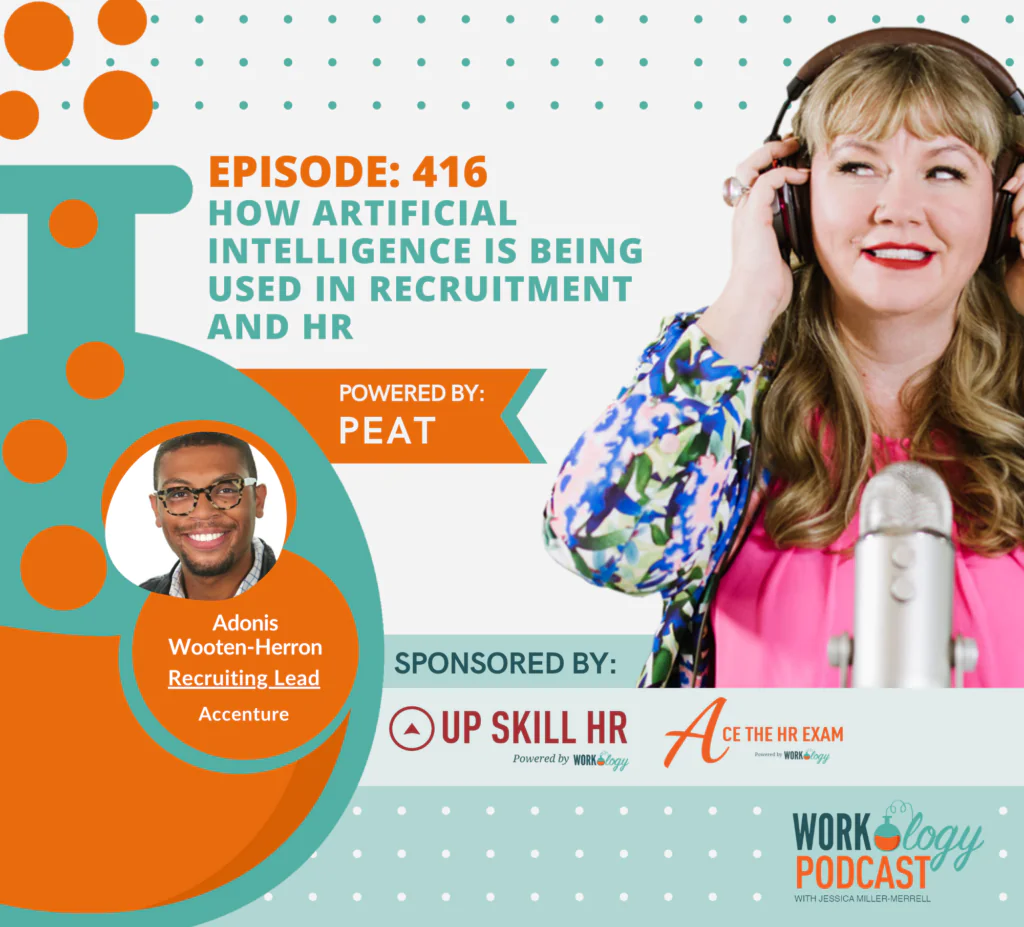Work typically takes up a big piece of our schedules. With smart phones and the ability to log in to work computers remotely, the 40-hour workweek has grown to feel more like a 24/7 workweek. Whether it is spoken or not, many workplaces seem to have the attitude that work comes first, and we should be willing to work long hours in the name of company loyalty and professional growth. This takes away from time that could be spent raising children, caring for aging parents and seeing to our own health needs. Federal law in the U.S. provides some leave rights under the Family and Medical Leave Act (FMLA), but is this enough to keep up with the demands that may pull us away from work on occasion?
The Modern Workplace
Over the last few decades in the U.S., we have seen a big shift in the workplace. According to the U.S. Department of Labor (DOL), in 2010 women made up 46.8% of the labor force. We are no longer a society where men are the sole breadwinners and women stay home to take care of the family. Income earning and caregiver responsibilities are falling to both men and women, which means we have more workers who are trying to balance work and home and who may need to take time off work to care for family members and raise children.
Family and Medical Leave Act
Under federal law, employers with 50 or more employees are required to provide leave under the FMLA, which was enacted in 1993. Leave can be up to 12 weeks in a 12-month period and can be used for the employee’s own serious medical condition, the birth of a child and caring for a newborn, the placement of a child with the employee for foster care or adoption and caring for a family member with a serious medical condition. There are also qualifying events for military families.
States like California are much more generous and provide additional leave time when it comes to pregnancy and childbirth. California also provides two different wage replacement programs that pay employees a percentage of their normal wages while on certain types of leave. But, if we look at just the FMLA, are we providing enough to our employees?
I like the FMLA and think it is a step in the right direction, but one of its biggest flaws is the size of employers covered. If you work for a place with less than 50 employees, you are out of luck. This may mean that an employee at a small business must quit their job without any guarantee of being hired back if they get pregnant, are struck with a serious illness or have to care for a family member with a serious medical condition.
Also, the FMLA is unpaid leave. Some states provide paid programs to help replace a portion of wages during leave, and some employers pay employees during leave, but in many states there is no requirement to do so. Even if an employee can take a job-protected leave, they may not be able to afford to.
If you want to see how the U.S. compares to other countries when it comes to paid parental leave, check out an article over at the Huffington Post that shows requirements around the world.
Updating Leave Laws to Match the Workplace
It is time that we start reimagining the workplace so that we have a better balance between work and life. Having something like the FMLA is a good start, but we need to work on developing programs that allow people to afford to take time off when they are in a situation that qualifies for leave. This includes paid parental leave, mandated disability insurance and paid programs for employees who need to take time off to care for a family member. We must also account for employees who work for employers not currently covered by the FMLA.
It is also time to think about how we can make our workplaces more flexible. Technology is making the virtual workplace increasingly easier to facilitate. Putting in face time at the office can be valuable, but it is not necessary for everything that we do. Giving employees more options to work from home when they need to be available to care for a family member or recover from their own serious medical condition may allow them to get some of their work done while on a partial leave. This would relieve some of the burden for the employer who typically has to figure out how to cover an employee’s work while they are on leave.








